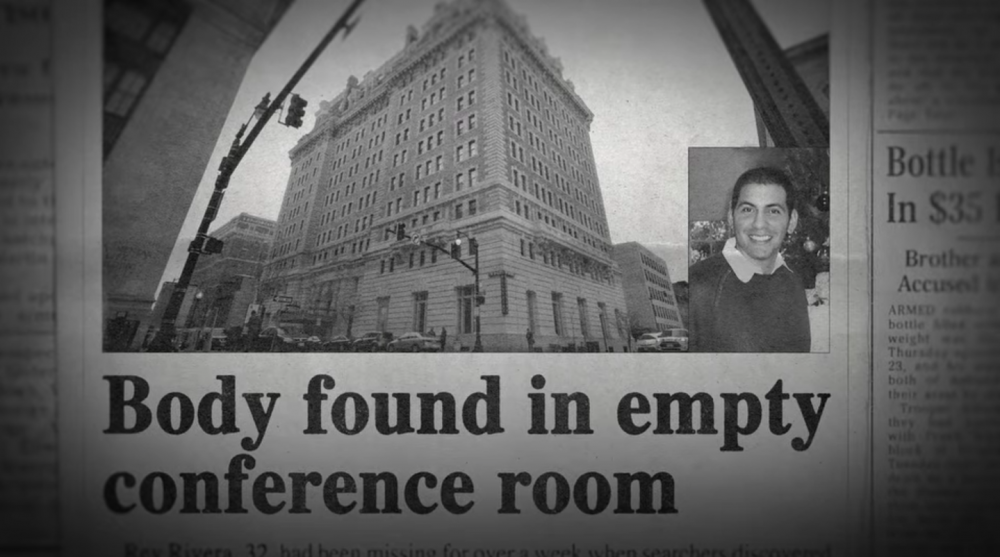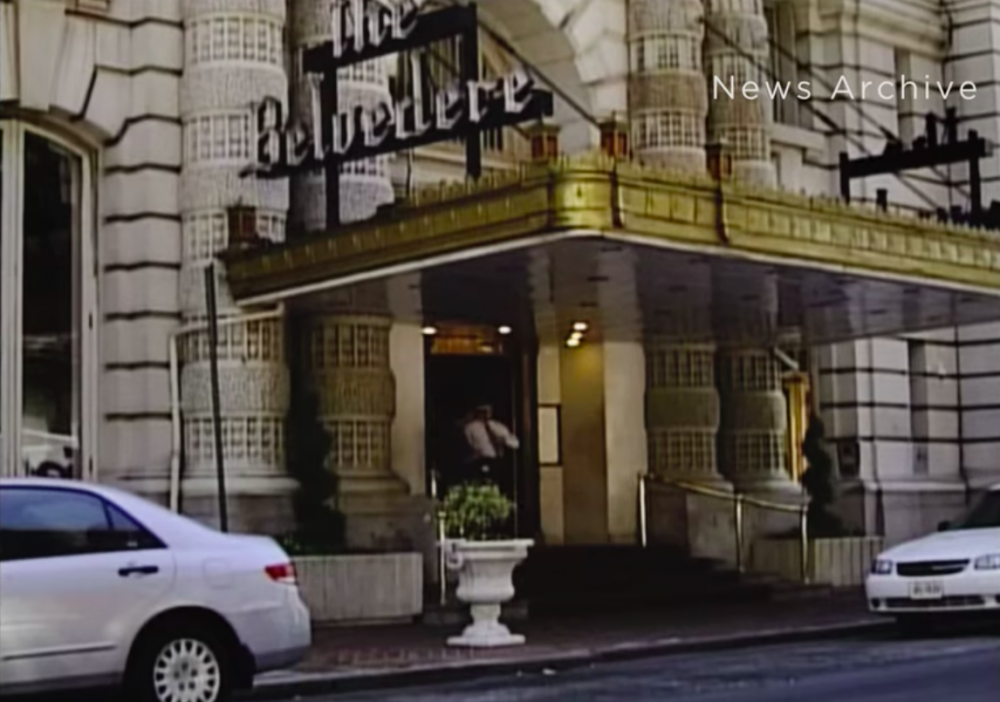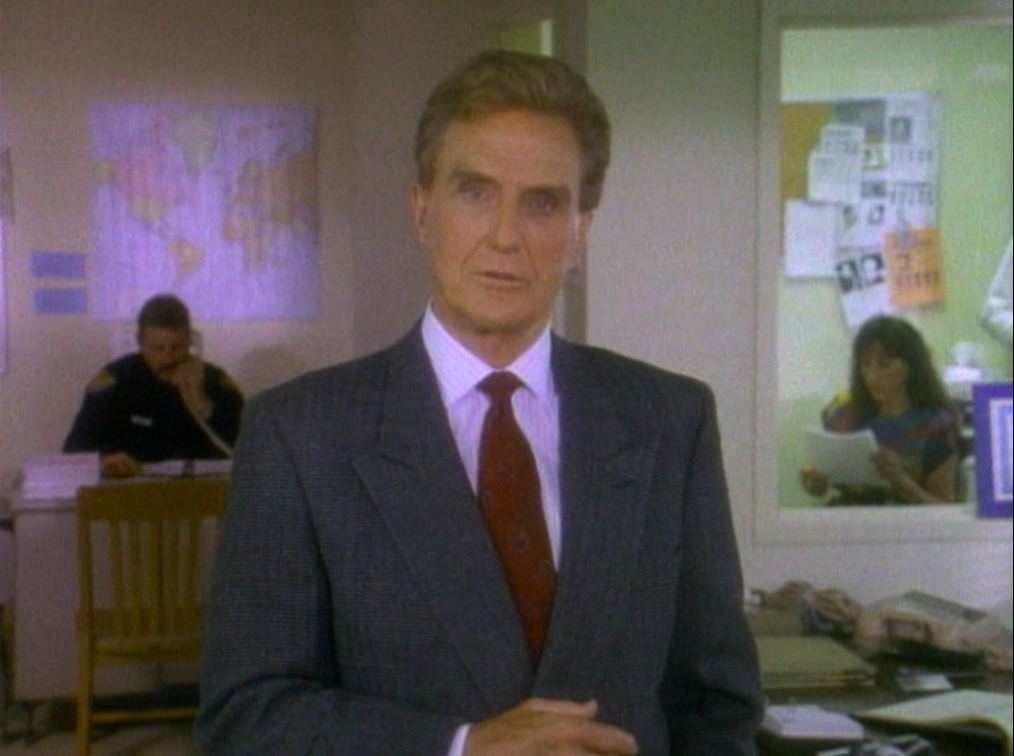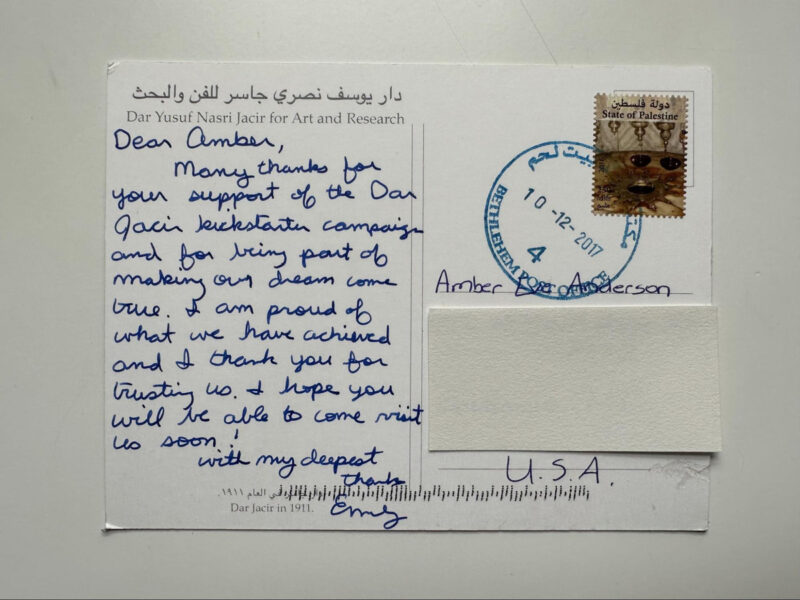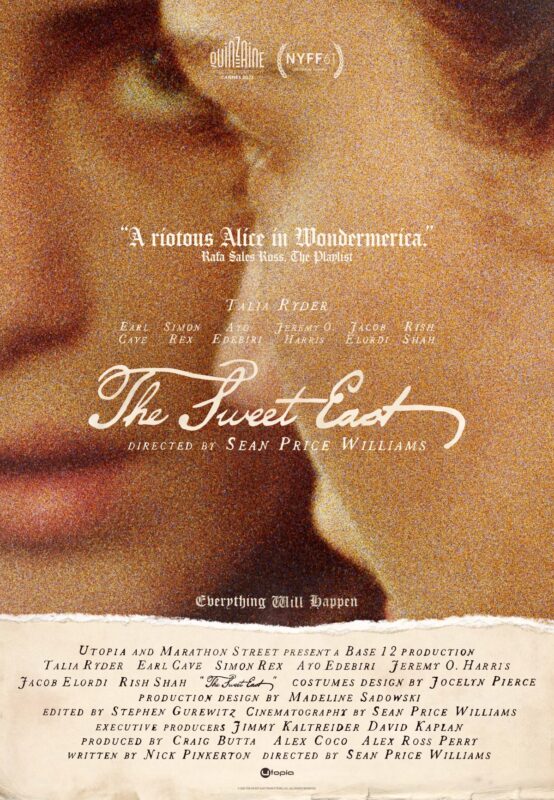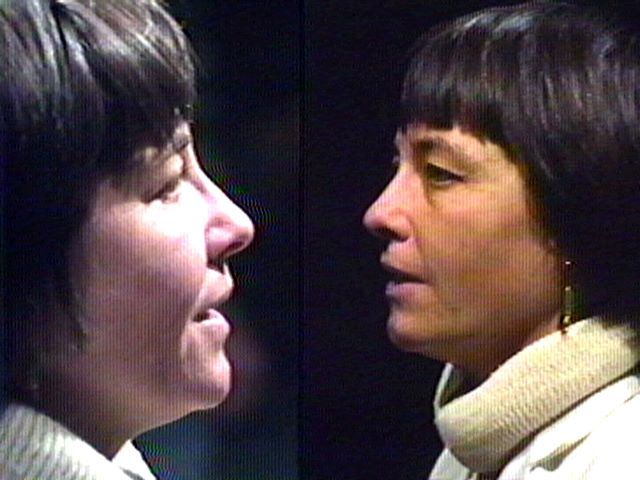A little bit gritty, somewhat arty, and fairly carceral, the Netflix reboot of Unsolved Mysteries removes the original’s hammy atmospherics and the spooky-ooky interlocutor Robert Stack but keeps the light appeals to police-procedural worship and vigilantism—because you out there might be able to help solve a mystery after all. Some of this season’s mysteries: Rey Rivera’s body smashed through a roof of a conference room at Baltimore’s Belvedere Hotel—murder or suicide? Why did a handful of people experience lost time in the Berkshires, Massachusetts in 1969—was it a UFO experience? Black Kansan Alonzo Brooks’ body was found in the woods weeks after he attended an all-white house party in 2004 in which racial epithets were thrown around—what happened?
Now that we are all unabashed true-crime ghouls and internet sleuths, it makes sense to bring Unsolved Mysteries back. But instead of the grab bag of terrifying and potentially life-affirming “mysteries” all crammed into an hour, the reboot focuses on one case per episode and dives pretty deep. Take “Mystery On The Rooftop,” the first episode, which Baltimore is talking about a lot lately because it takes place here and look, the story is wild.
In 2006, Rey Rivera, a copywriter for an Agora-adjacent company, Stansberry and Associates, goes missing and eventually his body is found in a building by the Belvedere Hotel, as if he jumped or was thrown. (Mikita Brottman’s excellent 2018 book An Unexplained Death: A True Story of a Body at the Belvedere discursively deals with this case.) The last time Rivera was seen, he left his house in a huff. His best friend, Porter Stansberry, runs the company and won’t talk to anybody about Rivera’s death. Except for the homicide detective—who was taken off the case to work on gang suppression instead (a nice detail that illustrates the problems with contemporary policing)—the cops all think this is obviously a suicide. Freemasons come into play.
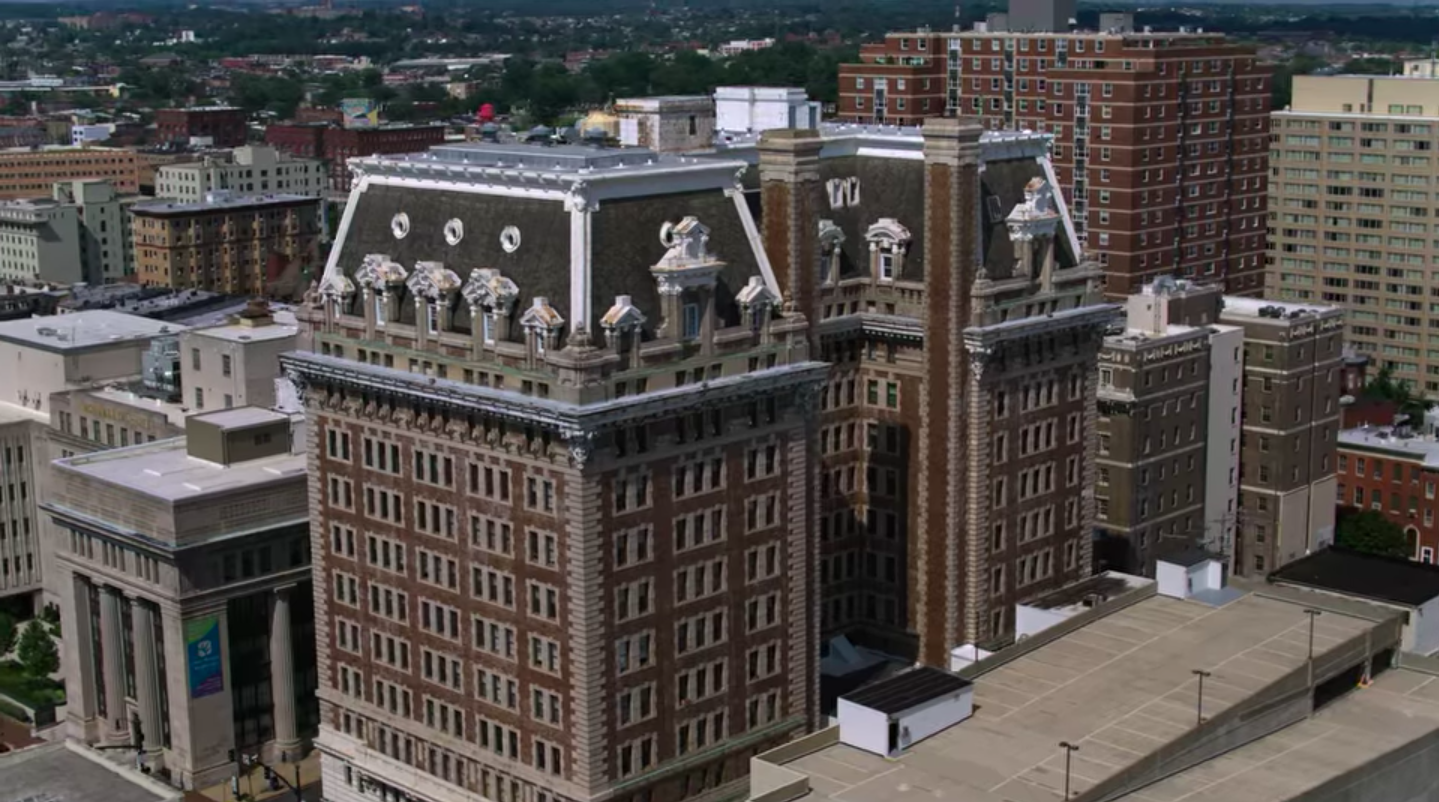
Directed by Black filmmaker Marcus A. Clarke—producer on 2015’s Fresh Dressed and director of The Wizrd, the 2019 documentary on Future—“Mystery On The Rooftop” is one of the season’s strongest episodes (along with the one about aliens and the one about a likely hate crime; both were also directed by Clarke). He builds tension well and brings in some thoughtful downtime and regional specificity to his episodes that belie the parachuting-in necessary to knock these little docs out.
And Clarke’s episodes are preferable to a lot of true crime podcasts and docu-series which too often have a certain kind of cinematic filibustering to their narrative storytelling, stretching stories to six hours for no good reason beyond indicating to listeners/viewers “this is important… because it is six hours long.” And because the show is about, well, mysteries that are unsolved, you know from the beginning there will be no resolution, avoiding another thing that can be frustrating about a lot of true crime stuff these days: all promise and no delivery. You know you are not going to learn what happened to Rey Rivera because it is kind of up to you to help solve it.


